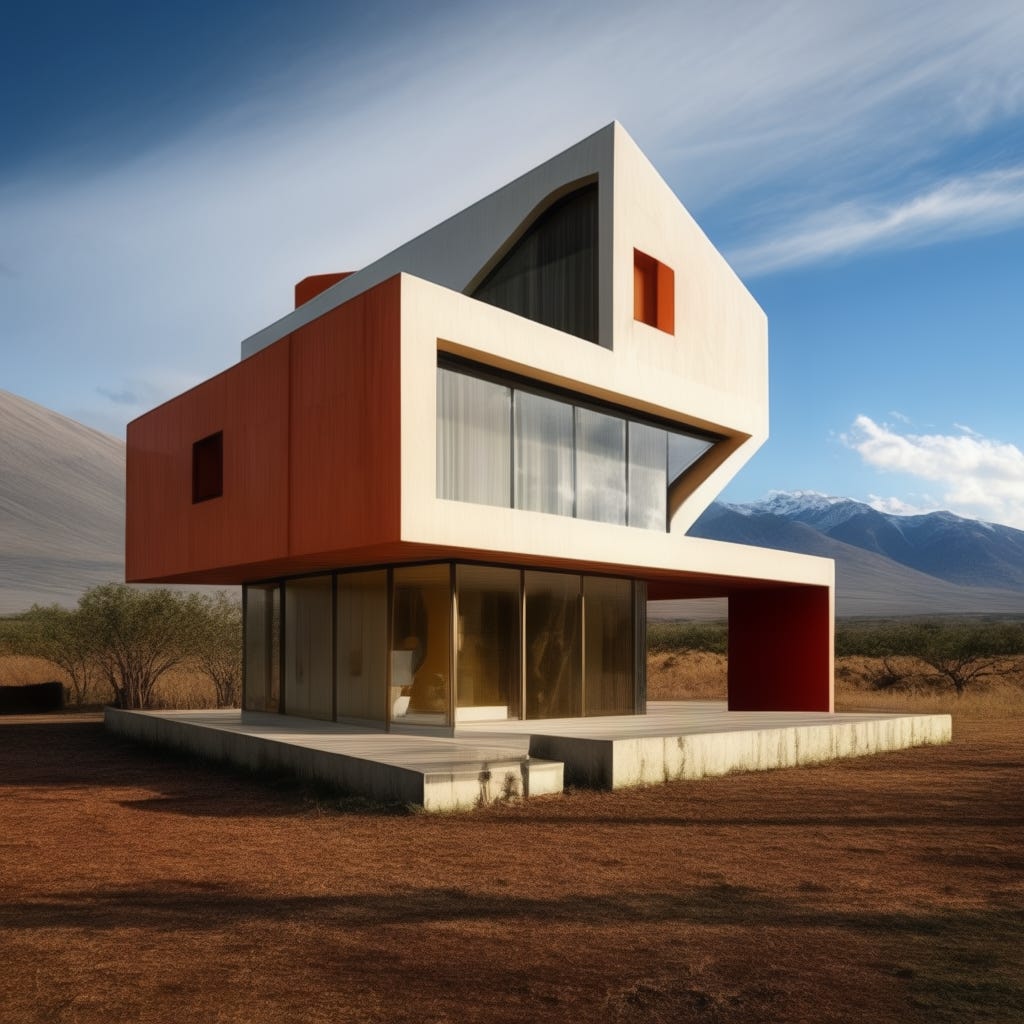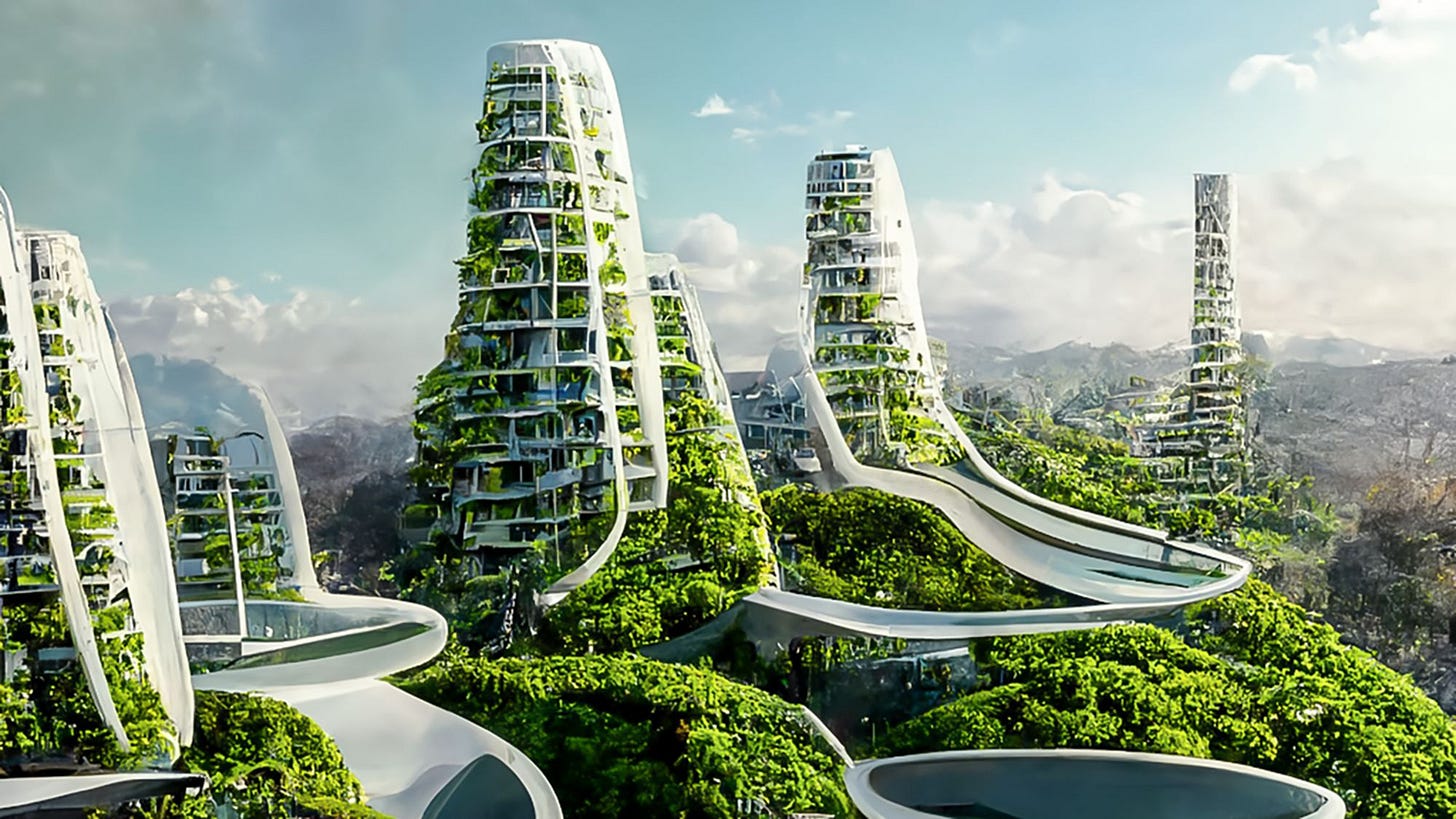The Role of AI in Modern Architecture
Exploring the Impact of Artificial Intelligence in Design, Construction, and Building Management.
In recent years, Artificial Intelligence (AI) has significantly impacted various industries, transforming how we work, live, and interact.
AI is poised to revolutionize the design and construction process in architecture, making it more efficient, innovative, and sustainable. As someone deeply embedded in this field, I’ve seen firsthand how AI can reshape our approach to building design and management. Let’s delve into how AI influences modern architecture and what this means for the future of our industry.
Historical Context
To fully appreciate AI's impact, it's essential to understand the evolution of technology in architecture. Architects in the 60s and 70s relied heavily on manual drafting and physical models. The learning curve was steep, with years of hands-on experience required to master the trade. Fast forward to today, and the landscape has drastically changed. With the advent of CAD (Computer-Aided Design) and BIM (Building Information Modeling), we've already seen a shift towards more efficient and accurate design processes.
Now, AI is taking this evolution a step further. AI can analyze vast amounts of data and provide insights that were previously unattainable. This allows architects to make more informed decisions, optimizing both the design and construction phases.
AI in Design
One of the most exciting applications of AI in architecture is in the design process.
Consider the use of AI in optimizing building performance. AI can analyze environmental data, such as sunlight exposure and wind patterns, to create designs that maximize energy efficiency. This is particularly important in the context of sustainable architecture, where minimizing environmental impact is a key objective.
AI in Construction
AI's influence extends beyond design into the realm of construction management.
With AI, project managers can predict potential delays and identify risks before they become issues. Machine learning algorithms can analyze historical data from past projects to provide more accurate project timelines and cost estimates.
On construction sites, AI-powered robots and drones are increasingly being used for tasks such as surveying and inspection. These technologies enhance safety by reducing the need for human workers to perform dangerous tasks and improve accuracy by providing detailed real-time data.
AI in Building Management
Once a building is completed, AI continues to play a crucial role in its operation and maintenance. Smart buildings, equipped with IoT (Internet of Things) devices, use AI to manage energy consumption, monitor structural health, and optimize occupant comfort. For instance, AI can adjust lighting and HVAC systems based on occupancy patterns, leading to significant energy savings and improved indoor environments.
Moreover, AI can predict maintenance needs before they become critical issues, extending the lifespan of building systems and reducing overall maintenance costs. This proactive approach ensures that buildings remain safe and functional over time.
Challenges and Ethical Considerations
While the benefits of AI in architecture are undeniable, it’s important to address the challenges and ethical considerations that come with it.
Data privacy is a significant concern, as the integration of AI involves collecting and analyzing large amounts of data. Ensuring that this data is handled responsibly is paramount.
Another consideration is the potential displacement of jobs. As AI automates certain tasks, professionals in the industry must adapt and acquire new skills. Education and training programs must evolve to prepare the next generation of architects and construction workers for an AI-driven future.
Future Prospects
Looking ahead, the role of AI in architecture will only continue to grow. We can expect even more sophisticated AI tools that seamlessly integrate with our design and construction workflows. Technologies such as augmented reality (AR) and virtual reality (VR), combined with AI, will provide immersive design experiences, allowing clients and stakeholders to visualize projects in unprecedented detail.
In the next decade, we might see AI-driven urban planning initiatives that optimize entire cities for sustainability and livability. These advancements will require collaboration between architects, urban planners, and technologists to create environments that are not only functional but also resilient and adaptive.
From design and construction to building management, AI provides valuable insights and capabilities that enhance our ability to create better buildings and environments.
What are your thoughts on AI in architecture? How do you see its role evolving in the coming years? Share your insights and join the conversation.







